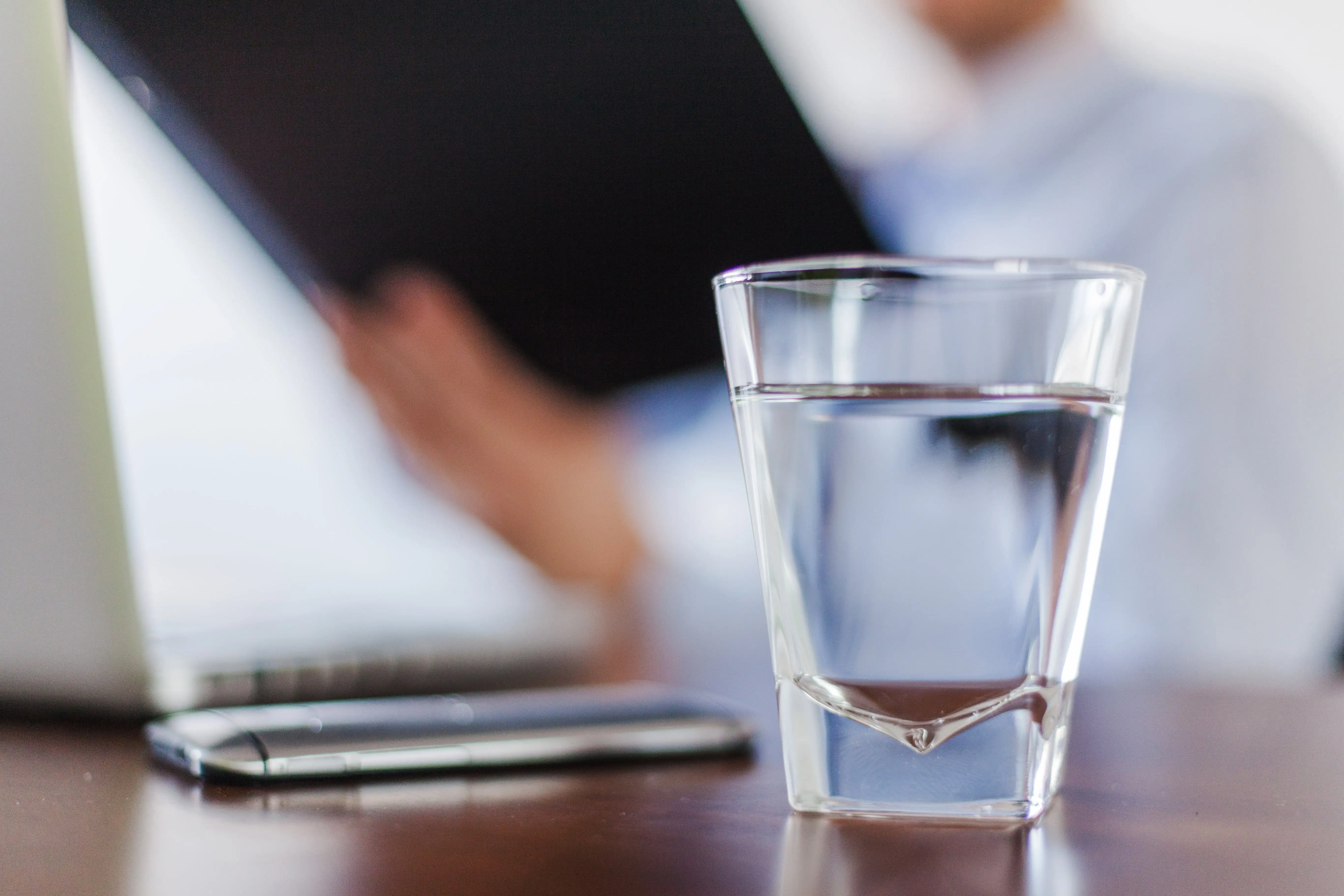The ideal TDS range for drinkable water is between 50-150 ppm, ensuring safety and good taste.

The Ultimate Guide to Drinking Water TDS: What You Need to Know
Written By: Nivedita Services
Ensuring the quality of drinking water is essential for maintaining good health. One critical factor to evaluate water quality is its Total Dissolved Solids (TDS) level. In this comprehensive guide, we delve deep into understanding the TDS of drinking water, why it matters, and how to test and maintain it at safe levels.
What is Drinking Water TDS?
TDS (Total Dissolved Solids) refers to the total concentration of dissolved substances in water, including minerals, salts, and organic matter. TDS is measured in milligrams per liter (mg/L) or parts per million (ppm). It is an essential metric for assessing water quality as it directly impacts the taste, safety, and usability of water for drinking and cooking.
What is the Safe TDS for Drinking Water?
The Bureau of Indian Standards (BIS) and World Health Organization (WHO) recommend specific TDS levels for potable water:
| TDS Level (ppm) | Water Quality |
|---|---|
| 50-150 | Excellent for drinking |
| 150-300 | Good, suitable for most households |
| 300-600 | Acceptable, may require treatment |
| 600-900 | Poor, needs purification |
| Above 900 | Unfit for drinking |
According to experts, the ideal TDS for drinkable water lies between 50 and 150 ppm, as it provides a balance of essential minerals while ensuring safety and good taste.
Why Does TDS Matter?
TDS levels in drinking water influence several factors:
- Taste: Low TDS water can taste flat, while high TDS water may taste salty or metallic.
-
Health: Extremely high or low TDS levels can lead to health issues. For instance:
- Low TDS: Lacks essential minerals like calcium and magnesium.
- High TDS: May contain harmful contaminants like nitrates or heavy metals.
- Appliance Longevity: High TDS water can cause scaling in pipes and appliances like water purifiers, kettles, and geysers.
How to Test Drinking Water TDS
- Using a TDS Meter: A TDS meter is a simple device that measures the conductivity of water to determine its TDS level. Follow these steps:
- Dip the TDS meter’s probe into a glass of water.
- Wait for the reading to stabilize.
- Note the TDS level displayed on the screen.
- Laboratory Testing: For a more detailed analysis, you can send a water sample to a certified lab. They’ll provide a comprehensive report covering TDS, turbidity, pH, and other parameters.
- Professional Water Testing Services Consider scheduling a professional water quality test to ensure accurate results. Book a water quality test with us today to assess the safety of your drinking water.
How to Reduce TDS in Drinking Water
If your water’s TDS level exceeds safe limits, here are some methods to reduce it:
-
Reverse Osmosis (RO) Purifiers
- The most effective solution for high TDS water.
- Removes up to 95% of dissolved solids.
- Retains essential minerals through TDS controllers.
-
Distillation
- Involves boiling water and condensing the steam.
- Eliminates dissolved solids but also removes beneficial minerals.
-
Deionization
- Uses ion-exchange resins to remove ions from water.
- Commonly used in industrial applications.
-
Carbon Filters
- Best for moderately high TDS levels.
- Removes chlorine and improves taste.
Learn more about our water purifier services in Pune.
Common Questions About TDS in Drinking Water
-
What is the Drinkable TDS of Water?
-
Is Low TDS Water Safe?
Yes, but water with TDS below 50 ppm may lack essential minerals, leading to potential deficiencies over time.
-
What is the TDS of Tap Water?
The TDS of tap water varies widely depending on the source. In urban areas, it ranges from 100-500 ppm. Regular testing is essential to ensure safety.
Factors Affecting TDS Levels in Water
Several factors influence TDS levels:
- Source of Water: Groundwater typically has higher TDS than surface water.
- Urbanization: Industrial and agricultural runoff increases TDS levels.
- Natural Processes: Weathering of rocks and soil contributes to dissolved solids.
Water Quality Parameters: Beyond TDS
While TDS is crucial, other parameters also determine water quality:
| Parameter | Safe Range | Impact |
|---|---|---|
| pH | 6.5-8.5 | Affects acidity and alkalinity |
| Turbidity | < 1 NTU | Indicates clarity and cleanliness |
| Hardness | < 300 mg/L | High levels cause scaling |
| Chlorine | < 0.5 mg/L | Excessive chlorine is harmful |
Why Regular Testing of Water is Essential
Periodic testing helps:
- Detect harmful contaminants early.
- Ensure your water purifier is functioning efficiently.
- Protect your family from waterborne diseases.
Schedule a water quality test with our experts to safeguard your drinking water.
Conclusion
Understanding and managing the TDS of your drinking water is vital for health and well-being. Whether you rely on tap water or a water purifier, regular testing and proper maintenance ensure you consume safe, high-quality water.
For expert water testing and purifier services, visit Water Purifier Service. Ensure your family’s safety by keeping your water quality in check. Contact us today to learn more about our water purifier services in Pune.